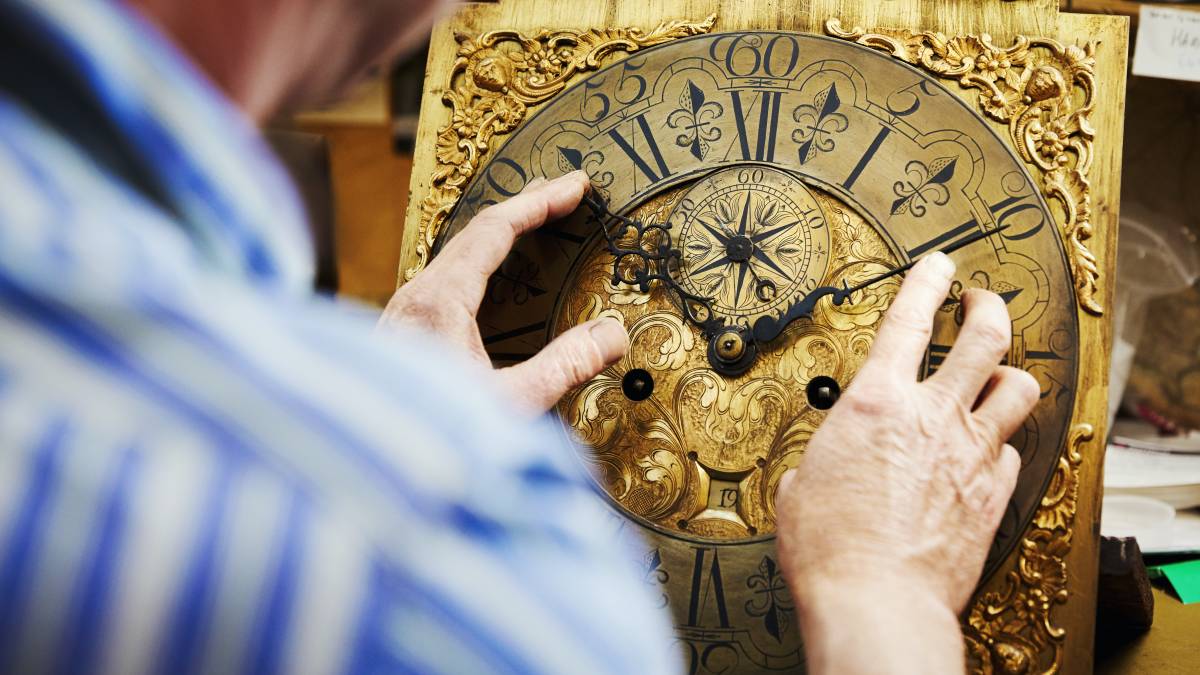

Articles
How To Fix A Wall Clock That Runs Fast
Modified: January 18, 2024
Learn how to fix a wall clock that runs fast with these helpful articles. Fixing a clock has never been easier!
(Many of the links in this article redirect to a specific reviewed product. Your purchase of these products through affiliate links helps to generate commission for Storables.com, at no extra cost. Learn more)
Introduction
Having a wall clock in our homes is not only a functional way to keep track of time, but it can also add a touch of charm and style to our decor. However, sometimes we may encounter an issue where the wall clock runs fast. This can be frustrating and inconvenient, as it can lead to inaccurate timekeeping and disrupt our daily routines.
Thankfully, there are steps you can take to fix a wall clock that runs fast. By addressing the underlying causes and making a few adjustments, you can get your clock back on track and ensure it keeps accurate time. In this article, we will guide you through the process of troubleshooting and resolving this common issue.
Before we dive into the steps, it’s important to note that different types of wall clocks may have varying mechanisms and adjustments. The methods outlined in this article are generally applicable to most wall clocks, but it’s always a good idea to refer to the manufacturer’s instructions for specific guidance.
Now, let’s begin our journey to fix a wall clock that runs fast and reclaim accurate timekeeping in our homes.
Key Takeaways:
- Keep accurate time with these steps: check the battery, adjust the clock hands, clean the movement, and test the clock. Enjoy a reliable and stylish timepiece in your home!
- Troubleshoot a fast-running wall clock by replacing the battery, aligning the hands, cleaning the movement, and monitoring its accuracy. Restore functionality and charm to your decor!
Read more: How To Make A Wall Clock
Step 1: Check the Battery
The first and simplest step in fixing a wall clock that runs fast is to check and replace the battery. Many wall clocks operate on battery power, and if the battery is low or dying, it can affect the clock’s accuracy. Here’s how you can check and replace the battery in your wall clock:
- Locate the battery compartment: Most wall clocks have a battery compartment on the back. Look for a small cover or panel that can be easily opened.
- Open the battery compartment: Use a small screwdriver or your fingernail to pop open the battery compartment cover.
- Inspect the battery: Take a close look at the battery and check for any signs of leakage or corrosion. If you notice any damage, carefully remove the battery and clean the compartment with a cotton swab and some vinegar or lemon juice.
- Replace the battery: If the battery is in good condition, note down the type and size of the battery (usually indicated on the back of the clock or in the manual) and purchase a new battery of the same kind. Insert the new battery into the compartment, making sure to match the positive (+) and negative (-) ends correctly.
- Close the battery compartment: Once the new battery is in place, securely close the battery compartment cover.
After replacing the battery, observe the clock for a few hours or a day to see if it continues to run fast. In many cases, a worn-out battery was the sole cause of the issue, and the clock should now operate accurately.
If the clock still runs fast after replacing the battery, proceed to the next step to adjust the clock hands.
Step 2: Adjust the Clock Hands
If replacing the battery did not resolve the issue of your wall clock running fast, the next step is to adjust the clock hands. Misaligned or improperly set clock hands can cause the clock to run at a faster pace. Here’s how you can adjust the clock hands:
- Stop the clock: Gently stop the clock by either pressing a small lever on the back or by holding the pendulum if your wall clock has one.
- Access the clock hands: Some clocks have a small knob on the back that you can turn to access the clock hands, while others require the removal of the front bezel or glass cover.
- Observe the clock hands: Take note of the position of the clock hands. Typically, there are three hands on a wall clock – the hour hand, the minute hand, and the second hand.
- Adjust the minute hand: Carefully move the minute hand counterclockwise to the correct time. Ensure that you do not touch the hour hand or minute hand while adjusting the minute hand.
- Adjust the hour hand: If the hour hand is misaligned, use gentle pressure to move it to the correct hour marker. Be careful not to disrupt the minute hand during this adjustment.
- Secure the clock hands: Once the clock hands are properly aligned, make sure they are secure and in the correct positions. Take care not to overtighten any nuts or screws during this process.
After adjusting the clock hands, restart the clock and observe its operation for a few hours or a day. If the clock continues to run fast, proceed to the next step to clean the clock movement.
Note: Some wall clocks may require different methods or tools for adjusting the clock hands. Refer to the manufacturer’s instructions or seek professional assistance if you encounter any difficulties.
If your wall clock is running fast, try adjusting the pendulum length. Shorten the pendulum to slow down the clock, or lengthen it to speed it up.
Step 3: Clean the Clock Movement
If adjusting the clock hands did not solve the problem of your wall clock running fast, there may be dirt or debris interfering with the clock movement. Cleaning the clock movement can help restore proper functioning and accuracy. Here’s how you can clean the clock movement:
- Prepare the workspace: Find a well-lit and clean area where you can work on the clock movement. Lay down a soft cloth or towel to protect the clock face or any delicate parts.
- Access the clock movement: Depending on the type of wall clock you have, you may need to remove the back cover or open a designated panel to access the clock movement. Refer to the manufacturer’s instructions for specific guidance.
- Inspect the clock movement: Using a magnifying glass or flashlight, carefully examine the clock movement for any dust, debris, or signs of wear and tear. Pay special attention to the gears, springs, and other moving components.
- Clean the clock movement: Use a soft brush, such as a toothbrush or a small paintbrush, to gently remove any dirt or debris from the clock movement. Be cautious not to apply excessive force or dislodge any delicate parts.
- Use compressed air: If the clock movement is heavily soiled or if there are hard-to-reach areas, you can use a can of compressed air to remove the dirt. Hold the can upright and use short bursts of air to avoid excessive force.
- Apply clock oil: After cleaning the clock movement, apply a small amount of clock oil to the necessary parts as recommended by the manufacturer. Clock oil helps to lubricate the movement and ensure smooth operation.
- Reassemble the clock: Once the clock movement is cleaned and lubricated, carefully put all the components back together, ensuring that they are aligned and secured according to the manufacturer’s instructions.
After cleaning the clock movement, restart the clock and monitor its functioning for a period of time to see if it continues to run fast. If the issue persists, proceed to the final step to test and monitor the clock.
It’s worth noting that cleaning the clock movement requires careful handling and attention to detail. If you are not comfortable performing this step yourself, it may be best to seek assistance from a professional clock repairperson.
Step 4: Test and Monitor the Clock
After going through the previous steps of checking the battery, adjusting the clock hands, and cleaning the clock movement, it’s time to test and monitor the clock to ensure that it runs accurately. Here’s what you need to do:
- Restart the clock: Start the clock by either releasing the pendulum (if applicable) or activating the clock mechanism.
- Set the correct time: Use a reliable time source, such as your smartphone or a quartz watch, to set the clock to the correct time.
- Monitor the clock: Keep a close eye on the clock for the next 24 to 48 hours and observe if it maintains accurate timekeeping. Check if the clock runs at the correct pace without gaining or losing time.
- Make any necessary adjustments: If you notice that the clock is still running fast or slow, consider adjusting the clock hands or repeating the cleaning process. Refer back to the previous steps for guidance.
- Seek professional help if needed: If you have followed all the steps and the clock still consistently runs fast, it may be time to consult a professional clock repairperson. They have the expertise and tools to diagnose and fix more complex issues.
Remember that wall clocks can be delicate mechanisms, and improper handling or adjustments can cause further damage. If you feel unsure or uncomfortable during this process, it’s always best to seek professional assistance.
By following these steps and taking the necessary measures, you can significantly increase the chances of fixing a wall clock that runs fast. Enjoy the satisfaction of having an accurate and reliable timepiece in your home!
Read more: How To Fix A Running Toilet
Conclusion
Dealing with a wall clock that runs fast can be a frustrating experience, but with a systematic approach, you can troubleshoot and fix the issue. Throughout this article, we have explored the steps to take in order to bring accuracy back to your wall clock.
We started by checking the battery, as a low or dying battery can affect the clock’s performance. Replacing the battery is a simple and often effective solution. If that didn’t solve the problem, we moved on to adjusting the clock hands. Misaligned hands can cause the clock to run fast, and carefully aligning them can restore accuracy.
If adjusting the clock hands didn’t do the trick, we then explored cleaning the clock movement. Dust and debris can interfere with the clock’s mechanism, and a thorough cleaning, along with lubrication, can help restore proper functioning.
Finally, we emphasized the importance of testing and monitoring the clock after making adjustments. Observation over a period of time will determine whether the clock now maintains accurate time or if further adjustments or professional assistance is required.
Remember, troubleshooting and fixing a wall clock that runs fast requires time, attention to detail, and a patient approach. It’s crucial to follow each step carefully and consult the manufacturer’s instructions if necessary.
By following the steps outlined in this article, you can increase the likelihood of fixing your wall clock and restoring accurate timekeeping to your home. Enjoy the satisfaction of having a reliable and functional timepiece that enhances the beauty of your decor!
Frequently Asked Questions about How To Fix A Wall Clock That Runs Fast
Was this page helpful?
At Storables.com, we guarantee accurate and reliable information. Our content, validated by Expert Board Contributors, is crafted following stringent Editorial Policies. We're committed to providing you with well-researched, expert-backed insights for all your informational needs.
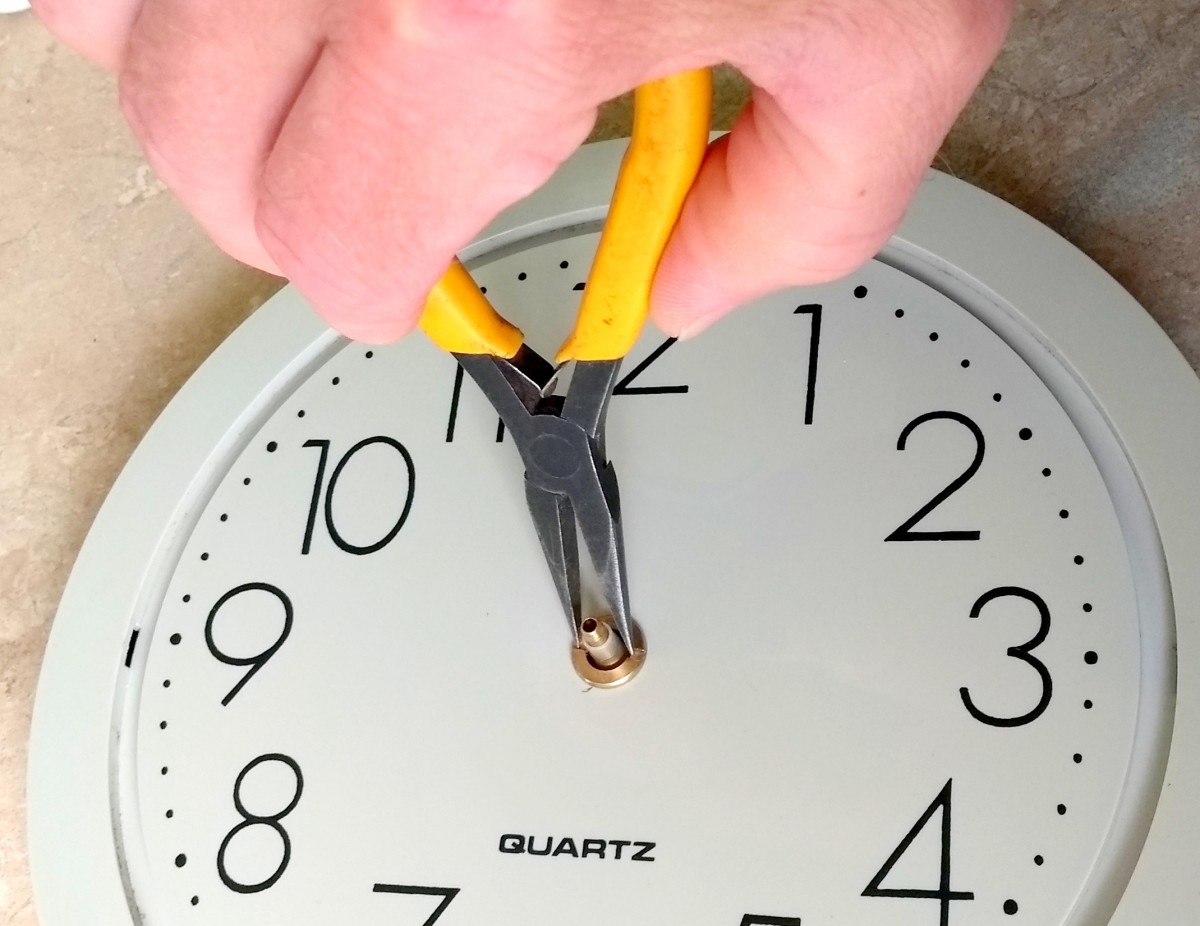
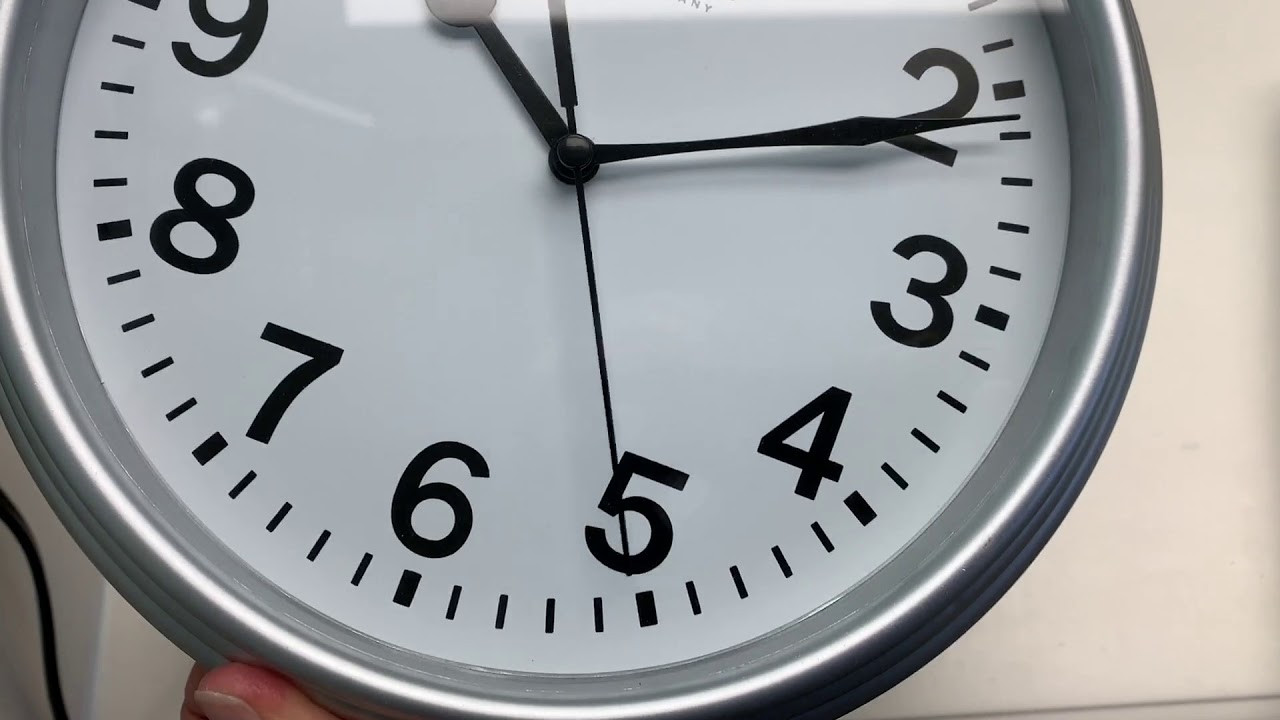

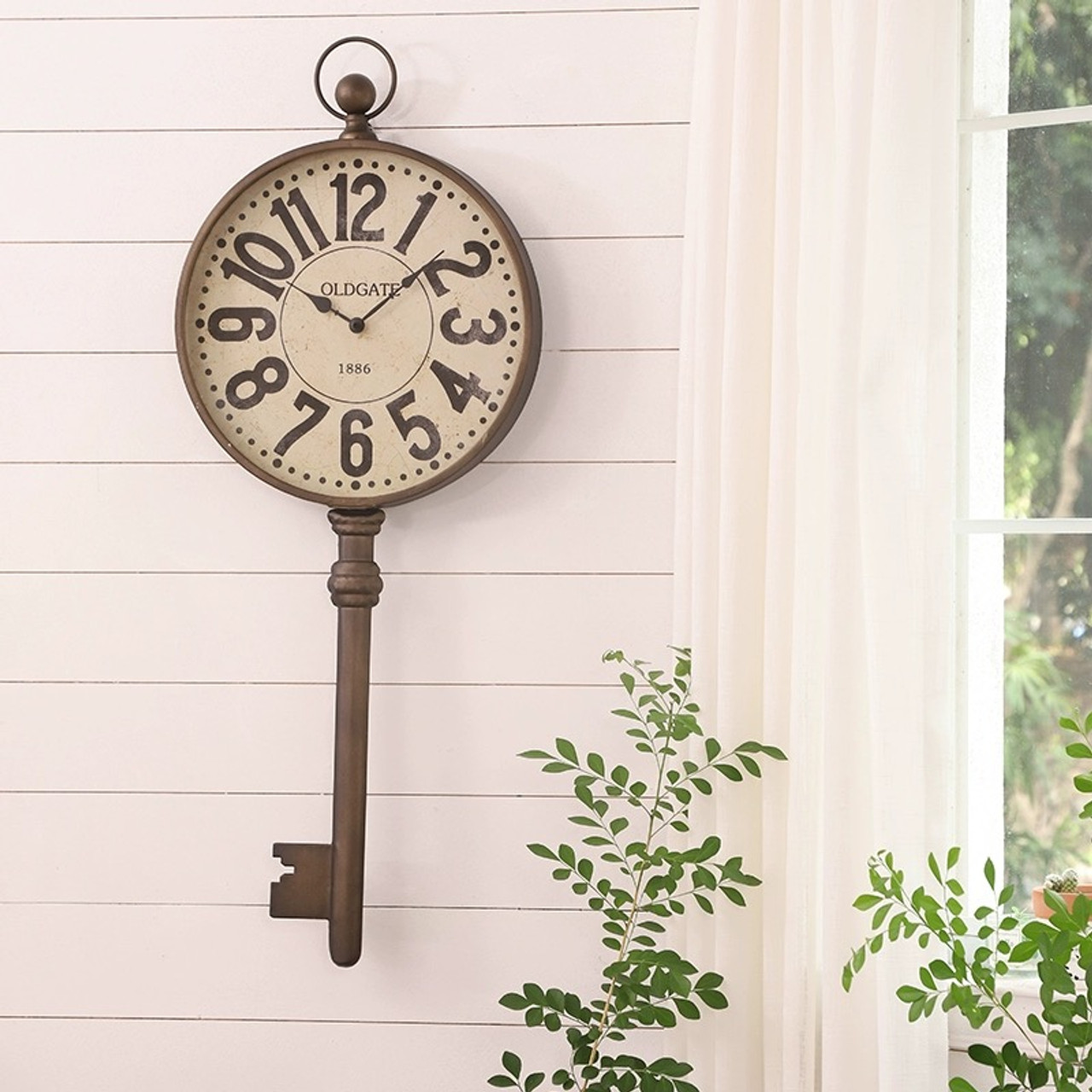
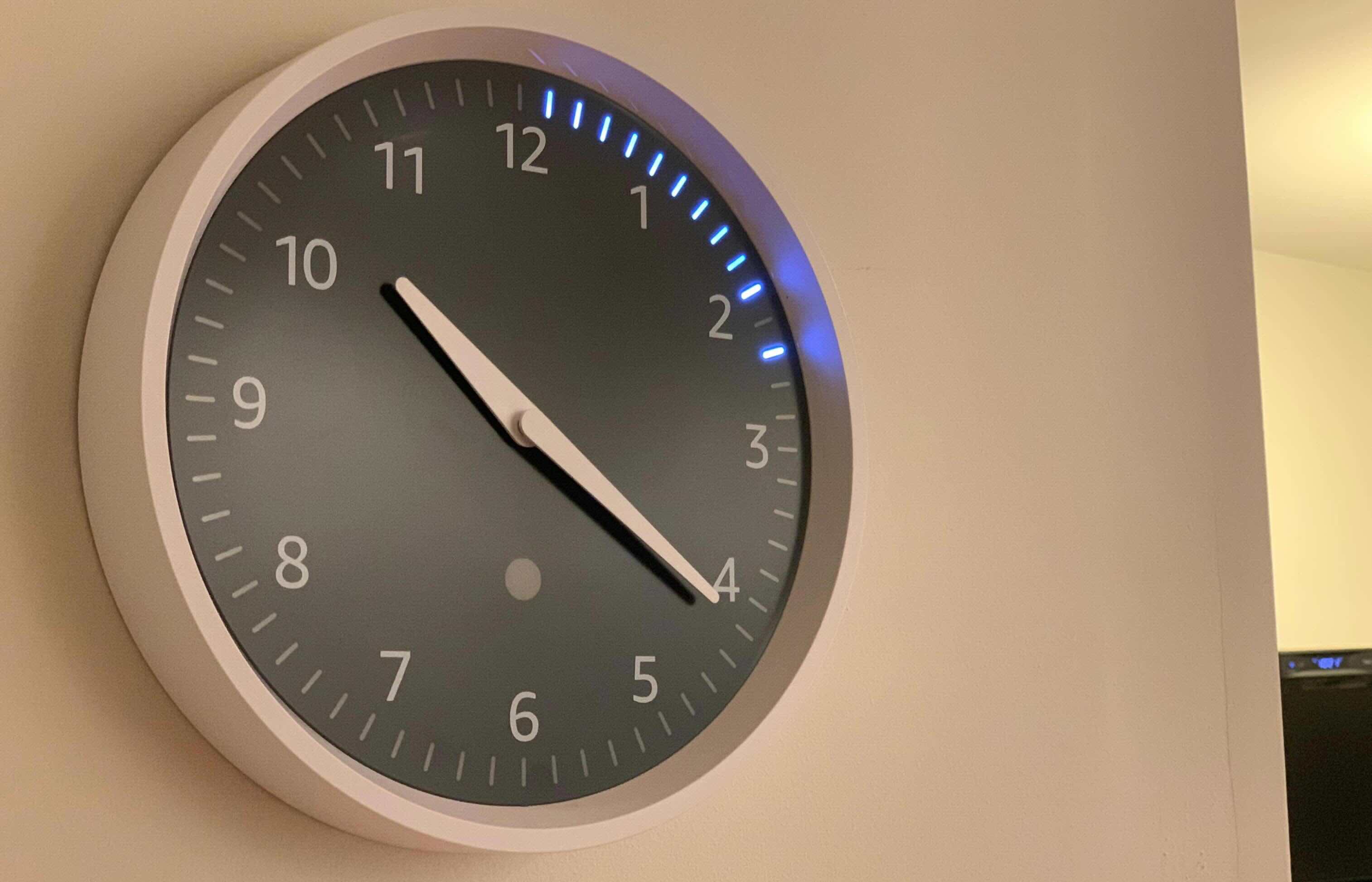

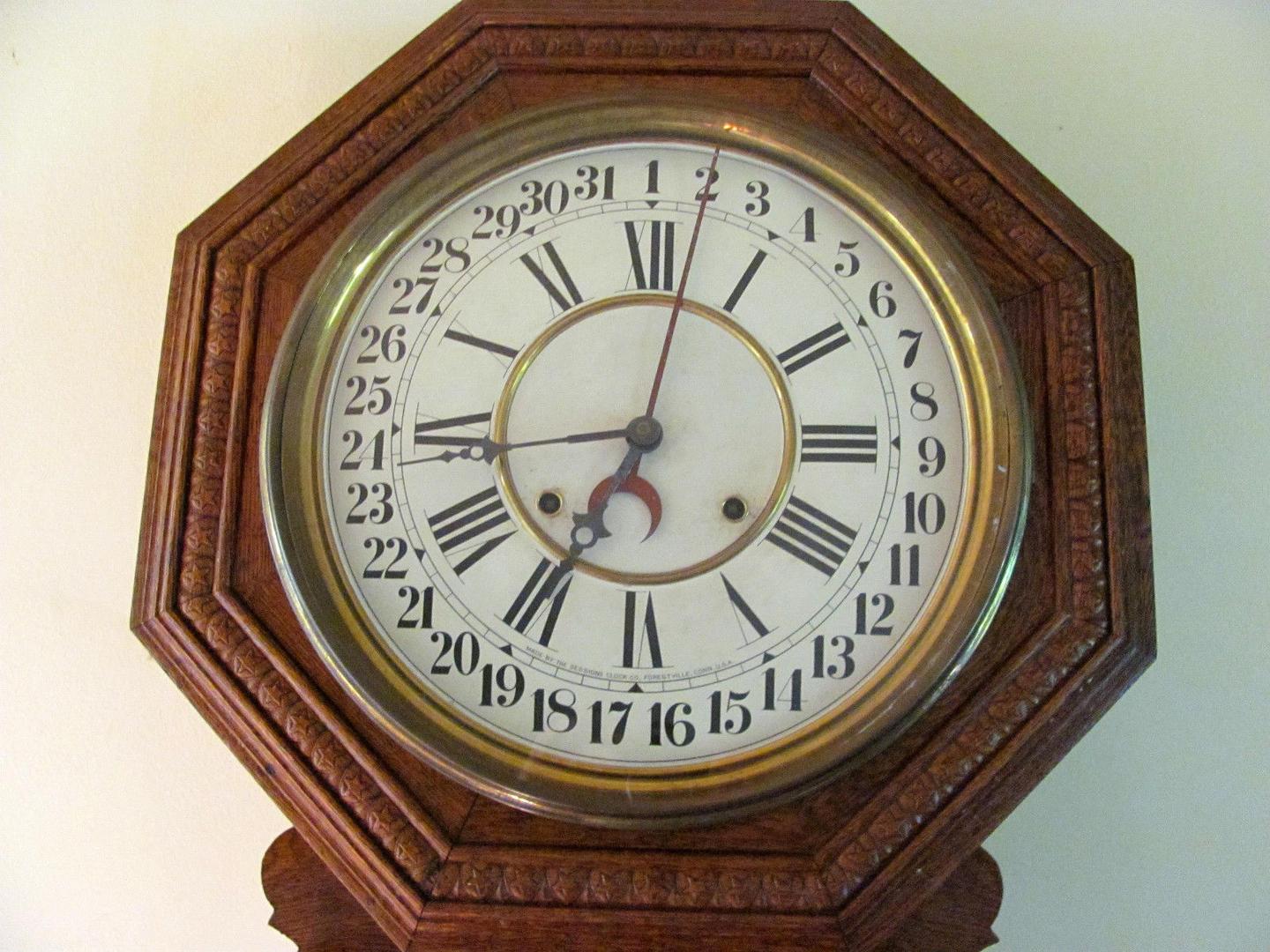
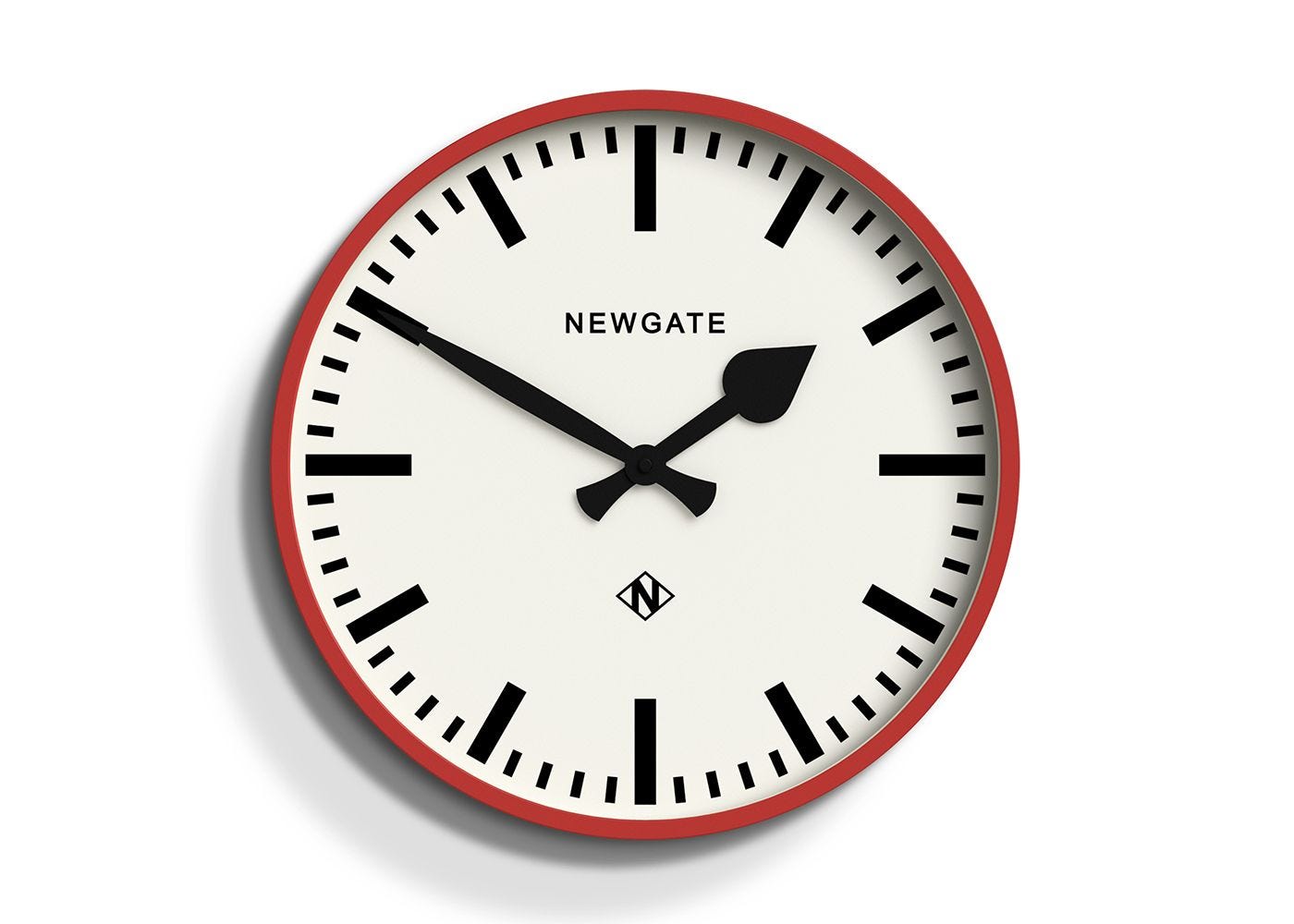
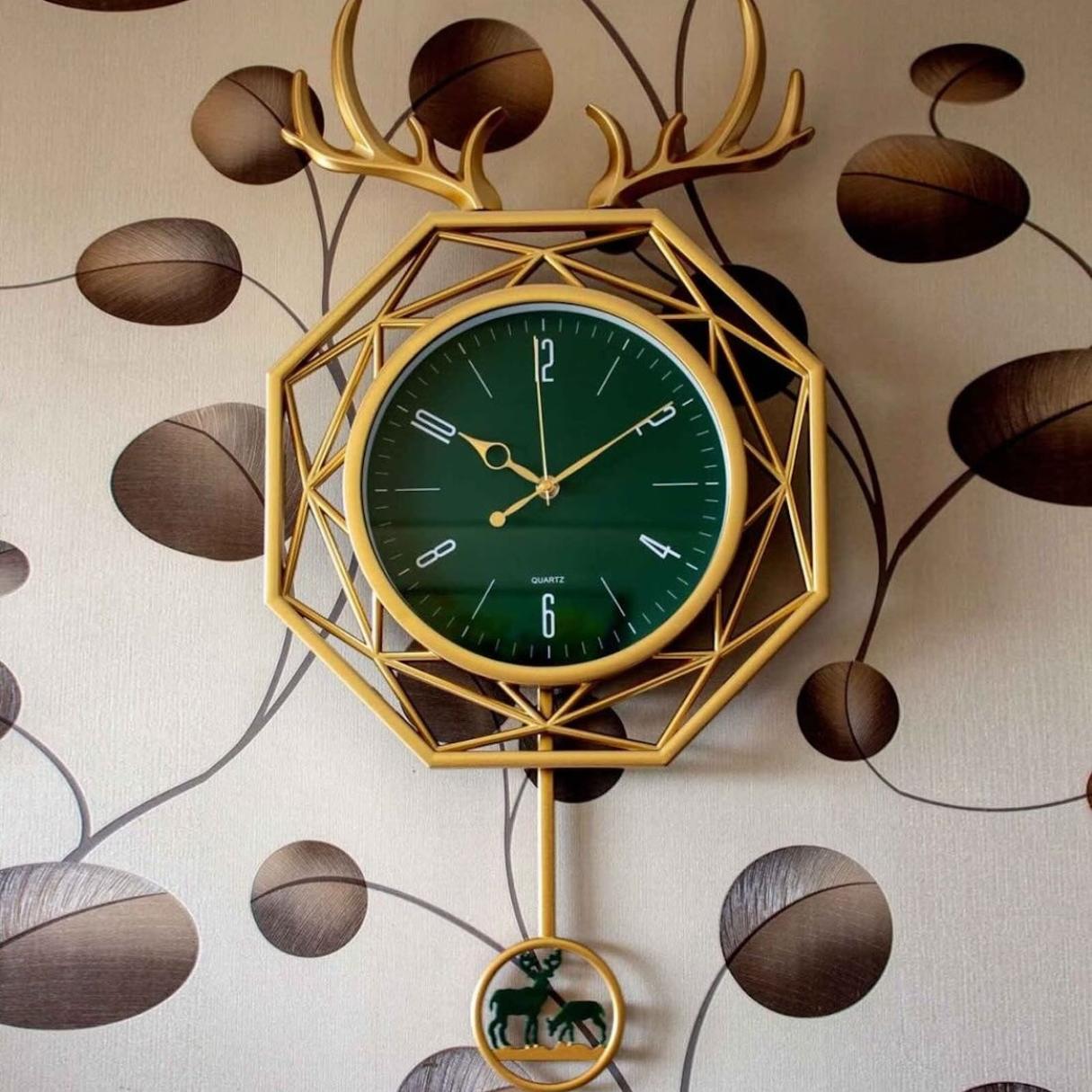
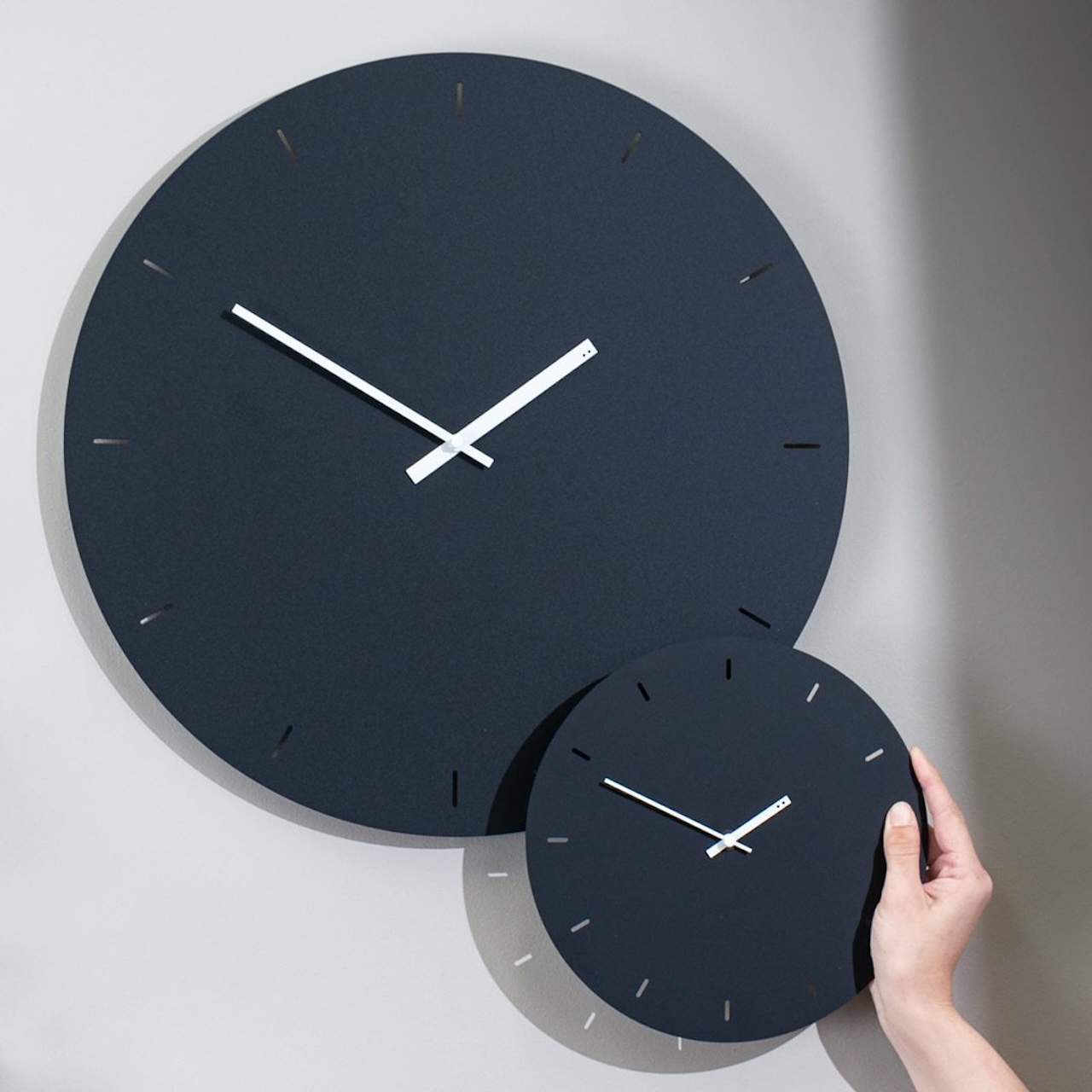
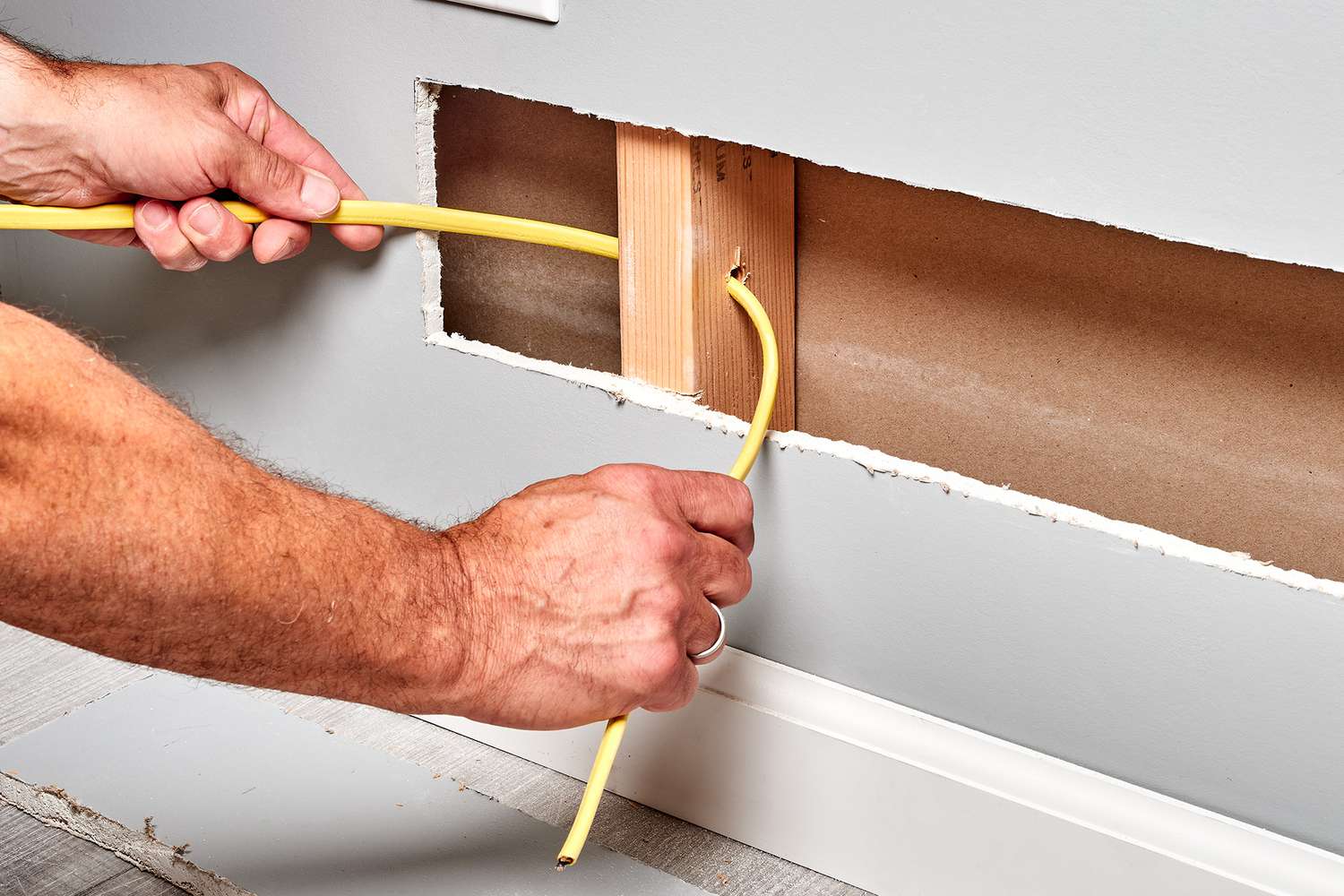
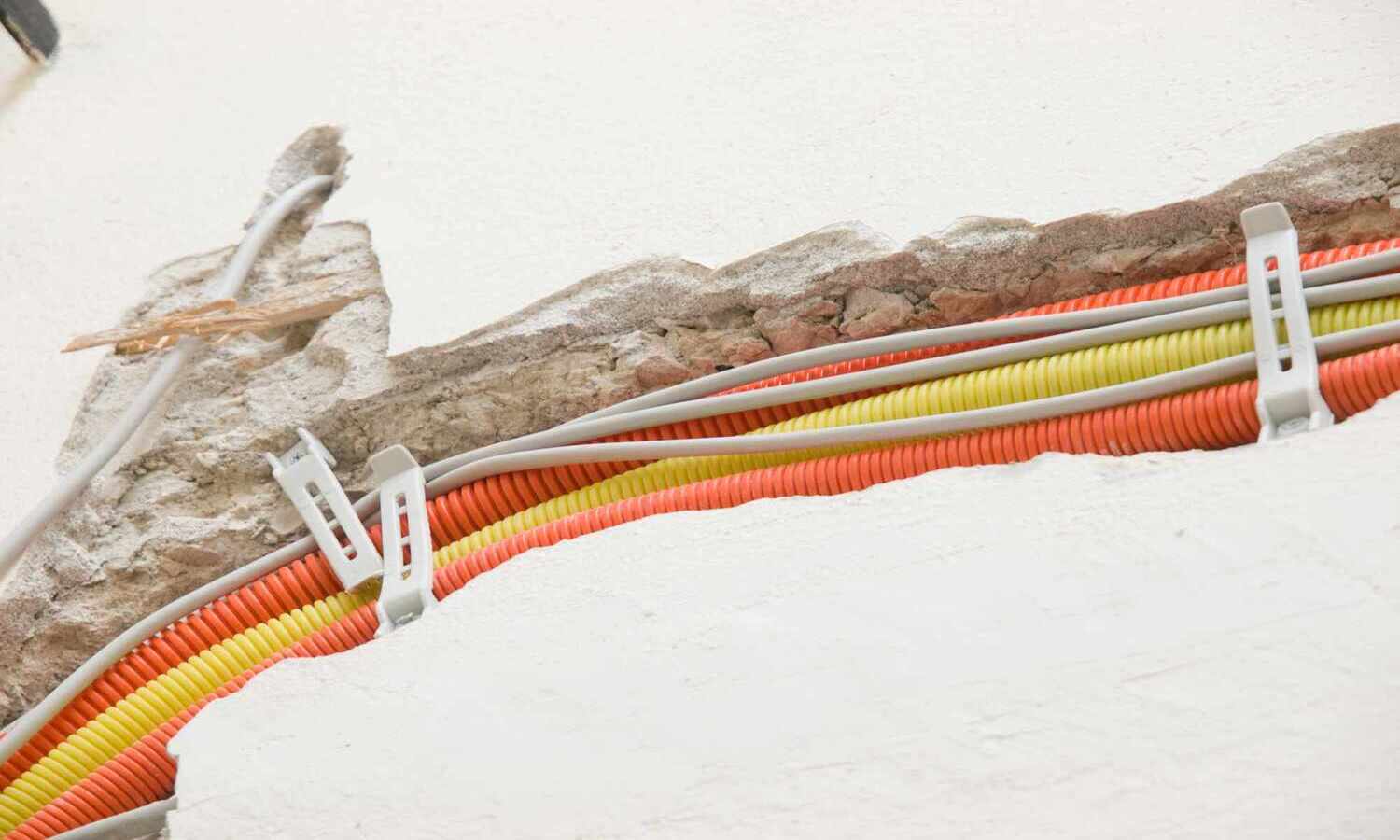
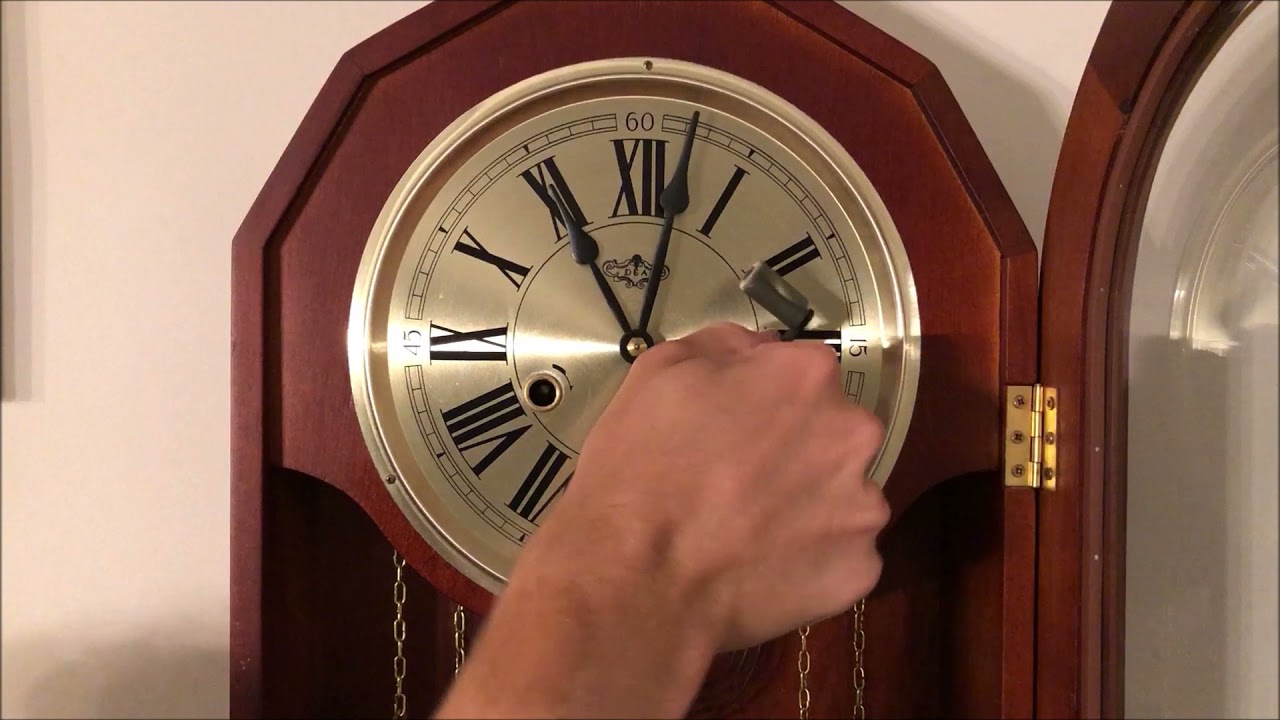
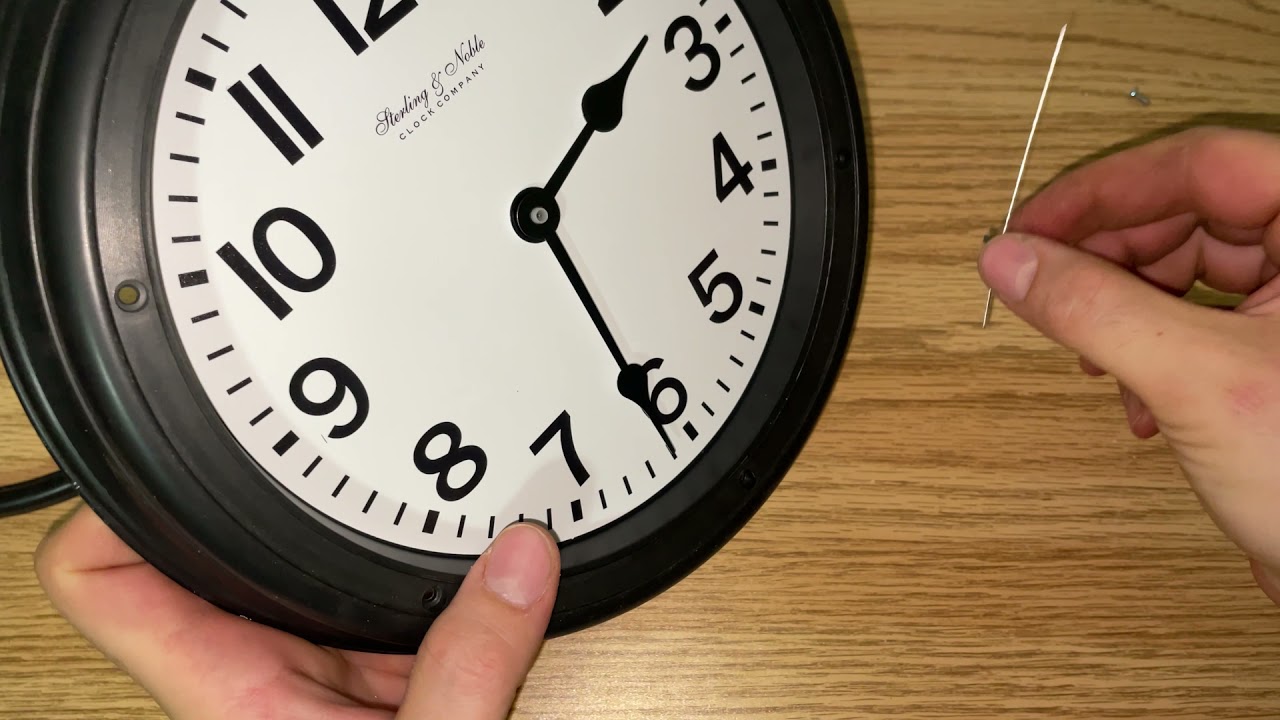

0 thoughts on “How To Fix A Wall Clock That Runs Fast”